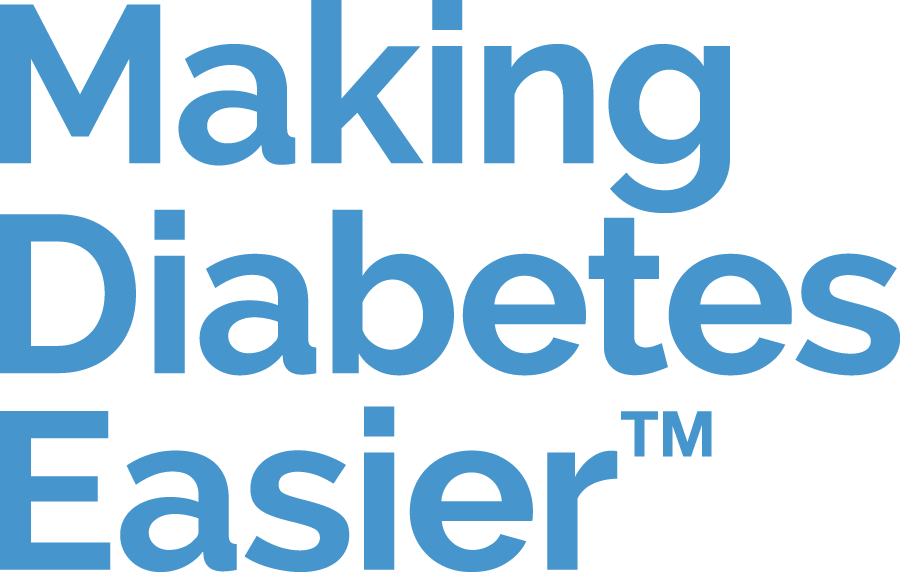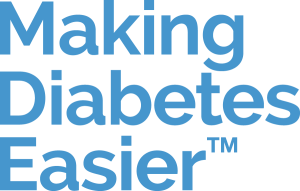Blood glucose levels: What is ‘normal’ and what is a risk?

Blood glucose levels: What is ‘normal’ and what is a risk?
Your blood glucose level is a measure of the amount of glucose in your blood.1 After a meal,
your body turns the nutrients you’ve consumed into glucose, increasing your blood glucose levels and creating energy for your cells.1
When you’re living with type 1 diabetes, it’s important that your blood glucose levels don’t go too high or too low.1 Keeping blood glucose in range is a key aspect of diabetes management.1
Keep reading to find out what the typical blood glucose range is, what it means if your blood glucose is too high or too low, and discover what you can do to keep your blood glucose levels in check.
What are normal blood glucose levels?
Blood glucose levels can change depending on the time of day and your food intake.2
Generally speaking, a typical or expected blood glucose range when fasting is between 70 and 100 mg/dL, or between 3.9 and 5.6 mmol/L.3
However, some guidelines say that a fasting range between 100 and 125 mg/dL (5.6–6.9 mmol/L) might signal prediabetes – a condition that may progress to type 2 diabetes.3,4
Typical blood glucose levels for type 1 diabetes
If you’re living with type 1 diabetes, you’ll have established individual blood glucose targets with your healthcare team.2,5
But generally speaking, and according to international guidelines, these are the typical ranges that most adults with type 1 diabetes aim for:5
- 4.4–7.2 mmol/L, or 80–130 mg/dL before meals
- Under 10.0 mmol/L (180 mg/dL) after meals (or possibly under 7.8mmol/L, or 140mg/dl, if your team think this can be achieved safely)
Remember that your individual blood glucose targets are unique to you and depend on many factors, so your target range may not be the same as above.2,5

Blood glucose levels: What is ‘normal’ and what is a risk?
What does it mean when blood glucose levels are high?
Blood glucose levels can get too high if your body doesn’t secrete enough insulin or use insulin efficiently.6 When this happens, it can cause symptoms of hyperglycaemia and type 1 diabetes.4,6
If you’re living with type 1 diabetes, blood glucose can spike if you haven’t taken enough insulin to match your carb intake.7 High blood glucose (or hyperglycaemia) can also be caused by:7
- Stress
- Illness
- A natural period of rapid growth in a child’s or teen’s life
Risks of high blood glucose
If your blood glucose stays high over a long period of time, it may lead to disabling or sometimes life-threatening complications, such as:4,7
- Diabetic ketoacidosis
- Cardiovascular disease
- Nerve damage
- Kidney damage
- Amputation
- Trouble seeing or blindness
However, remember that you can delay or fully prevent these complications with adequate treatment and diabetes management.4
To prevent your blood glucose from getting too high:7
- Regularly speak to your healthcare team, so they can adjust your insulin dose based on your individual needs
- Make sure you match your insulin doses correctly with your carb intake
- Monitor your blood glucose levels and your ketones
What does it mean when blood glucose levels are low?
Low blood glucose is also known as hypoglycaemia or a ‘hypo’.1,4 Your cells need glucose for energy, so low glucose can impact your body’s functions.4
If you’re living with type 1 diabetes, hypoglycaemia can happen if:4,8
- You accidentally took more insulin than needed
- You eat too little food
- You exercised a lot or too much
Other causes of low blood glucose include:6,8
- Extreme temperatures
- Stress
- Illness
- Drinking too much alcohol
Not having enough glucose in your blood can cause several signs and symptoms, such as a racing heartbeat, pallor and cold sweats.6 This is why it’s important to treat hypoglycaemia fast.8
Read our article to learn how to recognise and treat hypoglycaemia in children.
Risks of low blood glucose
If an episode of low blood glucose, or a hypo, isn’t treated in time, it can lead to serious consequences, such as loss of consciousness or, in extreme cases, death.6,8
But, treating a hypo is typically quick and simple.8 Severe hypos can be easily prevented by having treatments with you for emergencies.8 This can include keeping jelly babies, glucose tablets, sweet juice and glucagon on you at all times.
Keeping your blood glucose levels in check is important if you’re living with type 1 diabetes, but don’t be hard on yourself if you’re struggling to do so.2 Reach out to your healthcare team for support, especially if you’re experiencing hyperglycaemia or hypoglycaemia often.7,8 Learn how to keep blood glucose levels on target.
Sources
- JDRF. The language of T1D. Accessed 30 August 2024. Available at: https://jdrf.org.au/living-with-t1d/t1dictionary/
- JDRF. What should my blood glucose levels be? Accessed 30 August 2024. Available at: https://jdrf.org.uk/knowledge-support/managing-type-1-diabetes/managing-blood-glucose-levels/what-should-my-blood-glucose-levels-be/
- WHO. Mean fasting blood glucose. Accessed 30 August 2024. Available at: https://www.who.int/data/gho/indicator-metadata-registry/imr-details/2380
- IDF. IDF Diabetes Atlas 10th edition, 2021. Accessed 30 August 2024. Available at: https://diabetesatlas.org/idfawp/resource-files/2021/07/IDF_Atlas_10th_Edition_2021.pdf
- Holt RIG, DeVries JH, Hess-Fischl A, et al. The Management of type 1 diabetes in adults. A consensus report by the American Diabetes Association (ADA) and the European Association for the Study of Diabetes (EASD). Diabetes Care 1 November 2021;44(11):2589–2625. https://doi.org/10.2337/dci21-0043
- InformedHealth.org [Internet]. Cologne, Germany: Institute for Quality and Efficiency in Health Care (IQWiG); 2006. Type 1 diabetes: Learn More – Hyperglycemia and hypoglycemia in type 1 diabetes. [Updated 8 December 2021]. Available from: https://www.ncbi.nlm.nih.gov/books/NBK279340/
- JDRF. Managing a hyper. Accessed 30 August 2024. Available at: https://jdrf.org.uk/knowledge-support/managing-type-1-diabetes/managing-blood-glucose-levels/managing-a-hyper/
- JDRF. Managing a hypo. Accessed 30 August 2024. Available at: https://jdrf.org.uk/knowledge-support/managing-type-1-diabetes/managing-blood-glucose-levels/managing-a-hypo/


